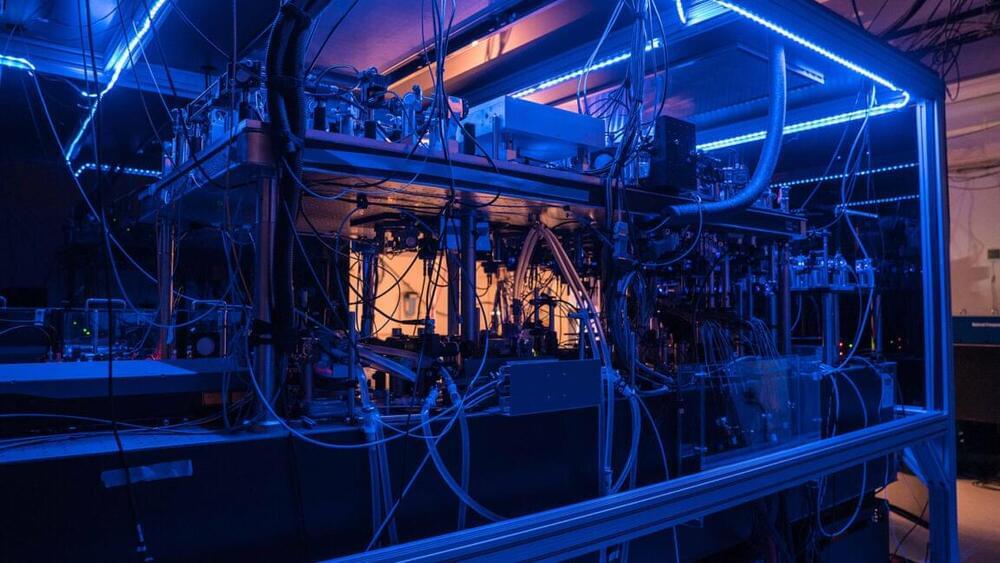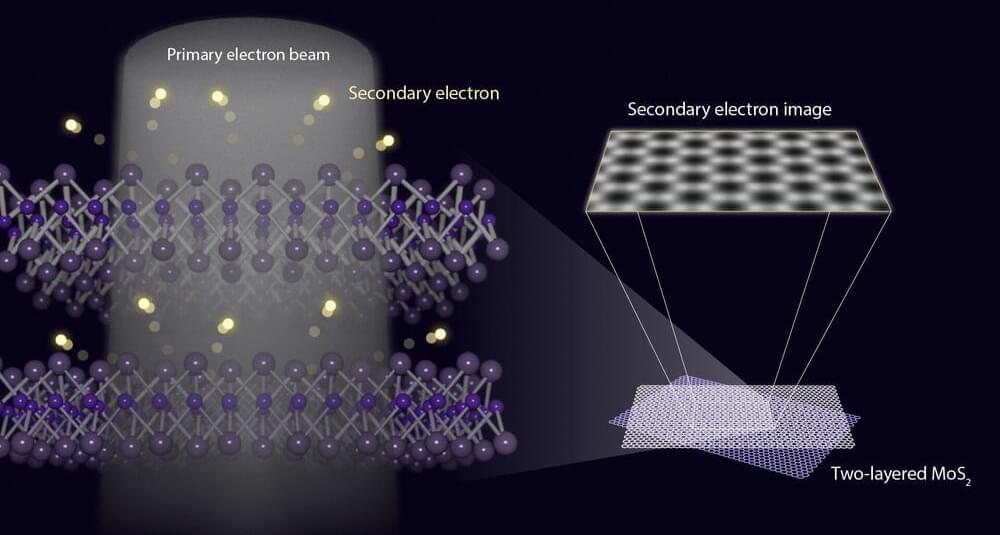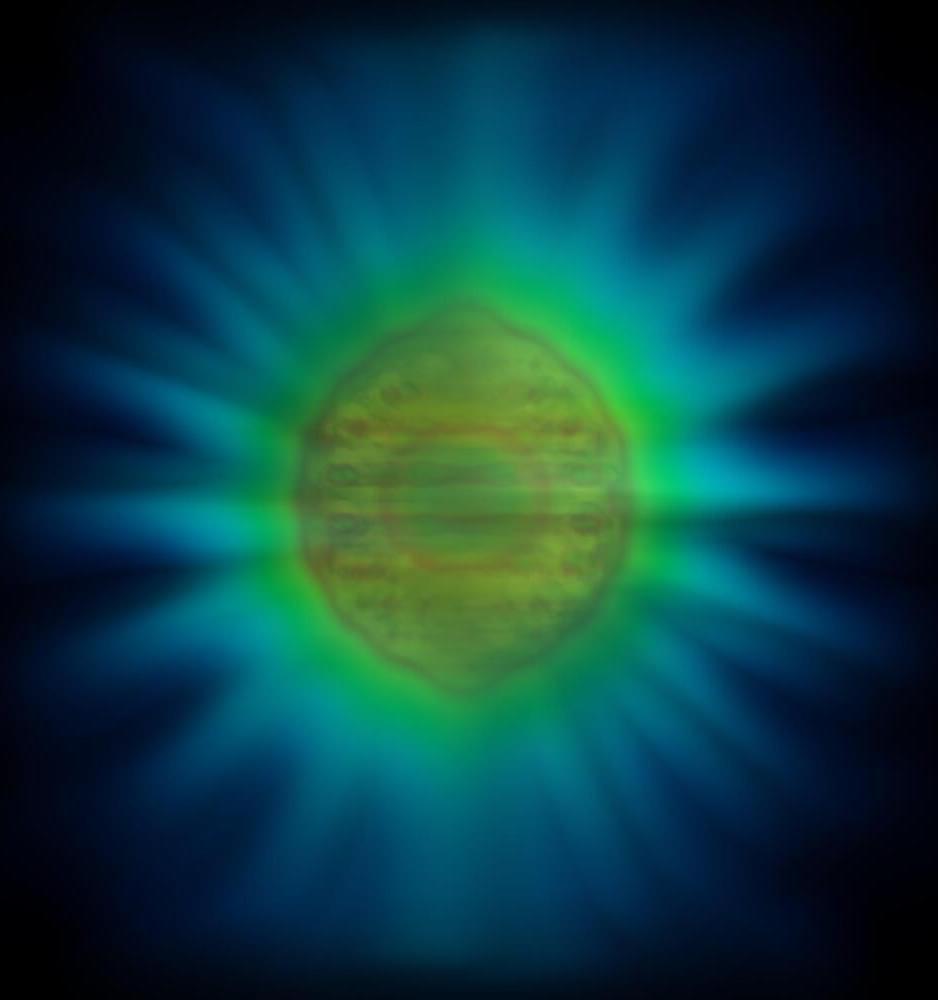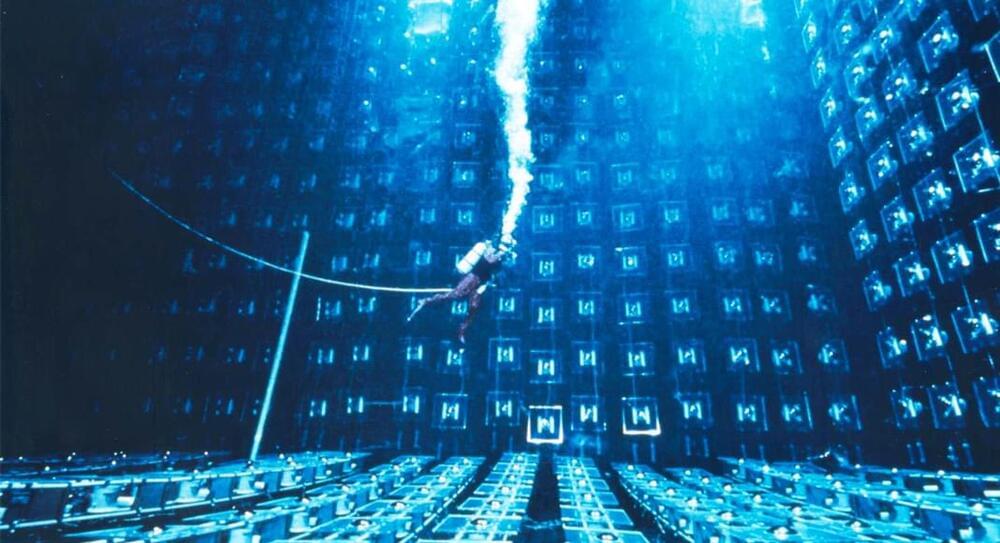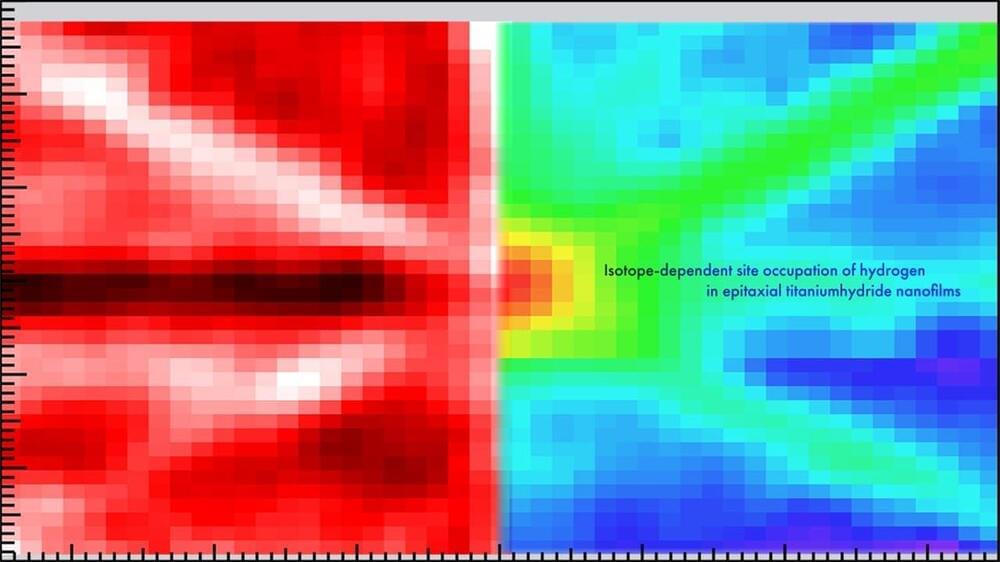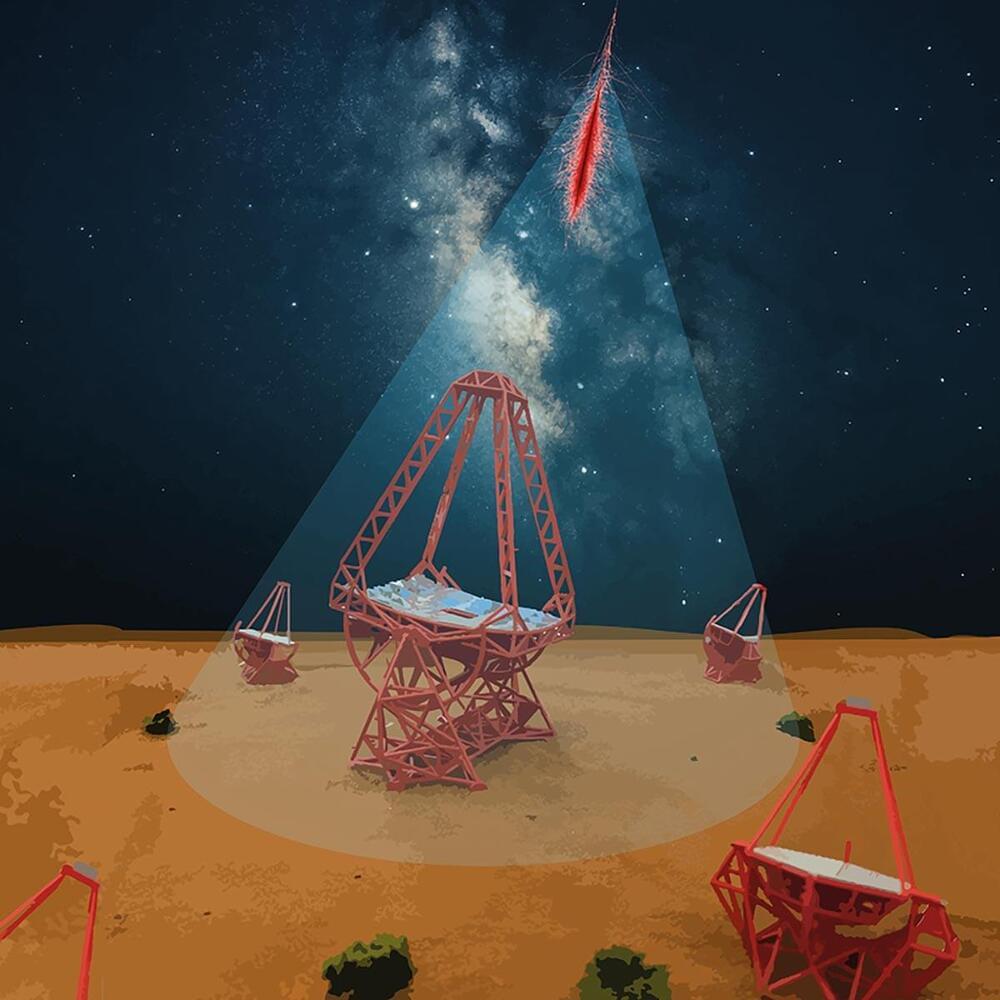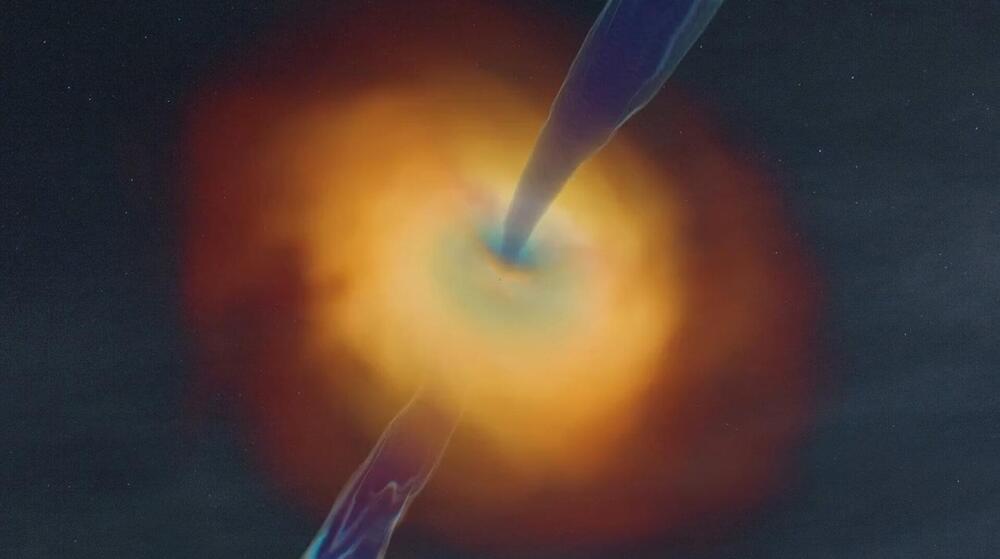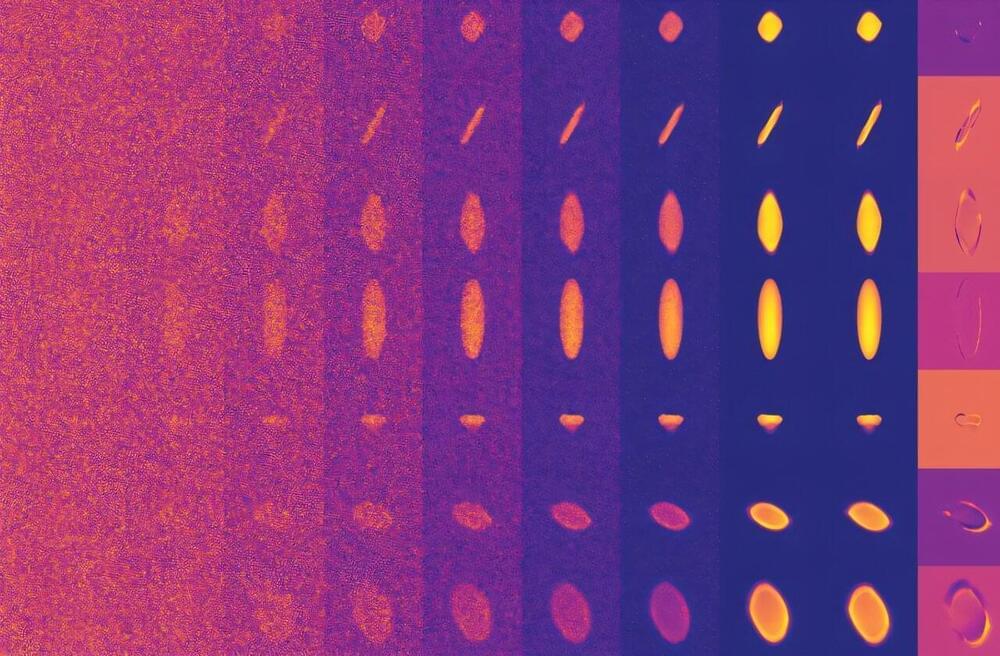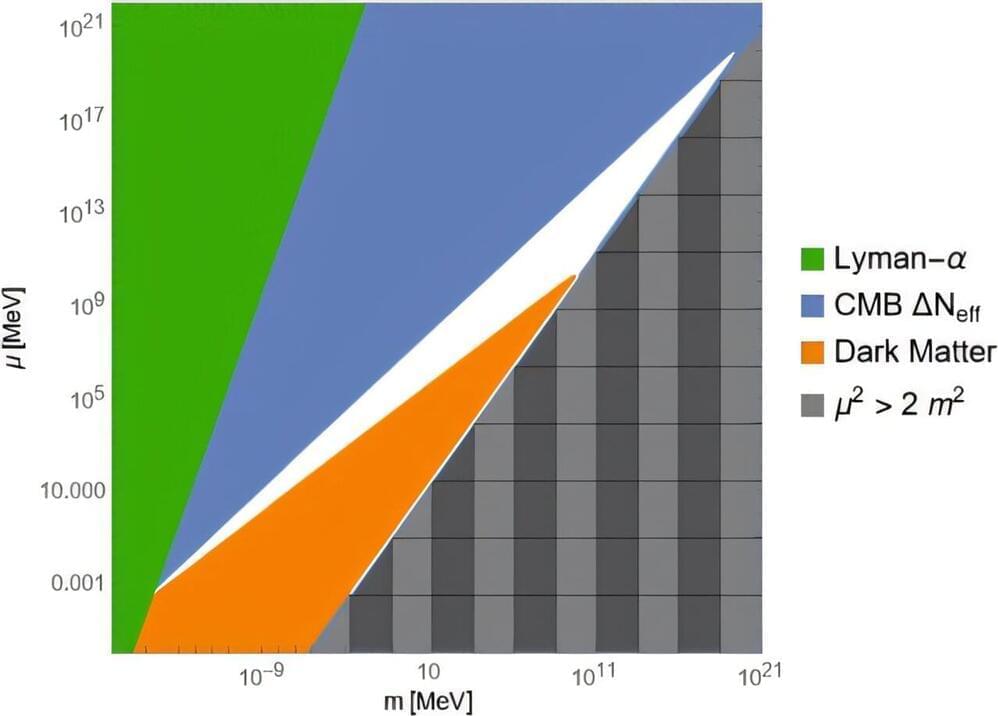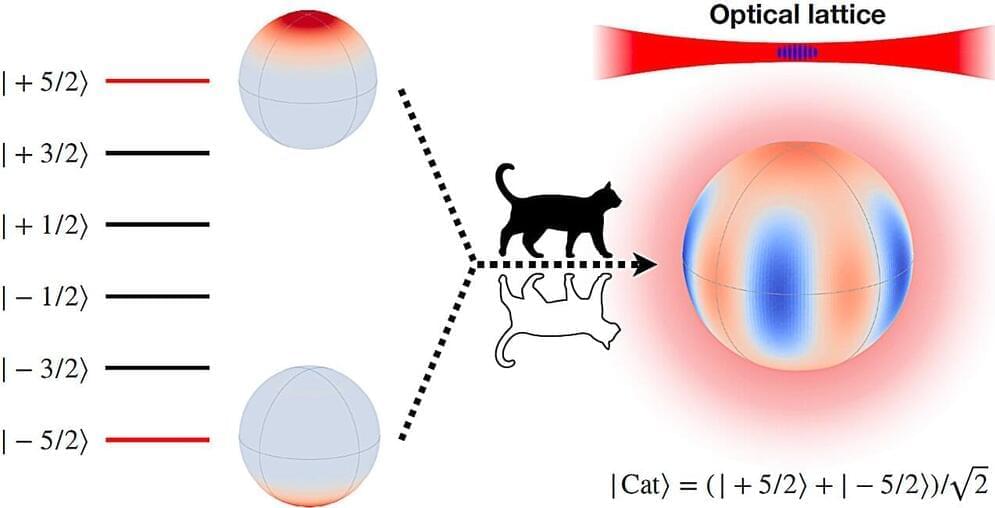Archive for the ‘particle physics’ category: Page 15
Nov 19, 2024
Electron imaging reveals the vibrant colors of the outermost electron layer
Posted by Genevieve Klien in categories: chemistry, nanotechnology, particle physics
Surfaces play a key role in numerous chemical reactions, including catalysis and corrosion. Understanding the atomic structure of the surface of a functional material is essential for both engineers and chemists. Researchers at Nagoya University in Japan used atomic-resolution secondary electron (SE) imaging to capture the atomic structure of the very top layer of materials to better understand the differences from its lower layers. The researchers published their findings in the journal Microscopy.
Some materials exhibit “surface reconstruction,” where the surface atoms are organized differently from the interior atoms. To observe this, especially at the atomic level, surface-sensitive techniques are needed.
Traditionally, scanning electron microscopy (SEM) has been an effective tool to examine nanoscale structures. SEM works by scanning a sample with a focused electron beam and capturing the SEs emitted from the surface. SEs are typically emitted from a shallow depth below the surface, making it difficult to observe phenomena like surface reconstruction, especially if only a single atomic layer is involved.
Nov 19, 2024
New theory reveals the shape of a single photon
Posted by Shubham Ghosh Roy in categories: particle physics, quantum physics
A new theory that explains how light and matter interact at the quantum level has enabled researchers to define for the first time the precise shape of a single photon.
Research at the University of Birmingham, published in Physical Review Letters, explores the nature of photons (individual particles of light) in unprecedented detail to show how they are emitted by atoms or molecules and shaped by their environment.
The nature of this interaction leads to infinite possibilities for light to exist and propagate, or travel, through its surrounding environment. This limitless possibility, however, makes the interactions exceptionally hard to model, and is a challenge that quantum physicists have been working to address for several decades.
Nov 19, 2024
Two Thousand Feet Underground, a Once-in-a-Century Discovery That Shaped Particle Physics
Posted by Saúl Morales Rodriguéz in categories: cosmology, particle physics
Then, in the 1980s, neutrinos from this supernova were picked up by the Irvine-Michigan-Brookhaven detector deep underground in Ohio. The discovery marked one of the first measurements of neutrinos from beyond our solar system, helped kickstart the field of observational neutrino astronomy, and provided a starting point that next-generation neutrino detectors continue to build on.
But the discovery was also lucky: The detector was built primarily to study proton decay, rather than neutrinos. “When you build a new detector with new capabilities, you’re sensitive to things that you never expected,” says Henry Sobel, a physics professor at the University of California, Irvine, and one of IMB’s original collaborators. The unexpected supernova would shape the legacy of IMB, which was recently recognized as an APS Historic Site for its role in neutrino science.
In the mid-1970s, teams of physicists were racing to build detectors that could measure proton decay, a hypothesized phenomenon that would confirm Howard Georgi and Sheldon Glashow’s new Grand Unified Theory, one that sought to unite three of the four fundamental forces of nature. The winner emerged in Painesville, Ohio, a small city northeast of Cleveland: The IMB detector, the world’s first kiloton-scale nucleon decay detector, began collecting data in 1982.
Nov 19, 2024
Hydrogen Mapping Breakthrough Could Transform Energy Storage and Technology
Posted by Genevieve Klien in categories: mapping, nuclear energy, particle physics
Researchers have developed a method to precisely locate hydrogen atoms within nanofilams, a breakthrough with significant implications for superconductivity and other material properties.
Their study, employing nuclear reaction analysis and ion channeling, revealed how hydrogen and its isotopes are distributed within titanium nanofilms, offering insights into tuning the material properties for various applications including hydrogen storage and catalysis.
Impact of hydrogen on material properties.
Nov 19, 2024
H.E.S.S. Observatory Detects Unprecedented High-Energy Cosmic Rays
Posted by Saúl Morales Rodriguéz in categories: cosmology, nuclear energy, particle physics
Researchers use the H.E.S.S. Observatory to overcome the challenge of detecting high-energy cosmic-ray electrons and positrons, revealing their likely origins close to our solar system through advanced data analysis techniques.
The Universe is filled with extreme environments, from the coldest regions to the most energetic sources imaginable. These conditions give rise to extraordinary objects like supernova remnants, pulsars, and active galactic nuclei, which emit charged particles and gamma rays with energies far exceeding those produced by the nuclear fusion processes in stars—by several orders of magnitude.
Challenges in Cosmic Ray Detection.
Nov 19, 2024
Simulations reveal black holes inherit magnetic fields from parent stars
Posted by Saúl Morales Rodriguéz in categories: cosmology, particle physics
Black holes are one of the most enigmatic stellar objects. While best known for swallowing up their surroundings into a gravity pit from which nothing can escape, they can also shoot off powerful jets of charged particles, leading to explosive bursts of gamma rays that can release more energy in mere seconds than our sun will emit in its entire lifetime.
For such a spectacular event to occur, a black hole needs to carry a powerful magnetic field. Where this magnetism comes from, however, has been a long-standing mystery.
Using calculations of black hole formation, scientists at the Flatiron Institute and their collaborators have finally found the origin of those magnetic fields: the collapsing parent stars of the black holes themselves. The researchers report their results November 18 in The Astrophysical Journal Letters.
Nov 19, 2024
Adjusting accelerators with help from machine learning
Posted by Saúl Morales Rodriguéz in categories: nuclear energy, particle physics, robotics/AI
Banks of computer screens stacked two and three high line the walls. The screens are covered with numbers and graphs that are unintelligible to an untrained eye. But they tell a story to the operators staffing the particle accelerator control room. The numbers describe how the accelerator is speeding up tiny particles to smash into targets or other particles.
However, even the best operator can’t fully track the miniscule shifts over time that affect the accelerator’s machinery. Scientists are investigating how to use computers to make the tiny adjustments necessary to keep particle accelerators running at their best.
Researchers use accelerators to better understand materials and the particles that make them up. Chemists and biologists use them to study ultra-fast processes like photosynthesis. Nuclear and high energy physicists smash together protons and other particles to learn more about the building blocks of our universe.
Nov 19, 2024
New study reveals possible origins of dark matter in ‘Dark Big Bang’ scenario
Posted by Saúl Morales Rodriguéz in categories: cosmology, particle physics
Recent research by a student-faculty team at Colgate University unlocks new clues that could radically change the world’s understanding of the origin of dark matter.
Assistant Professor of Physics and Astronomy Cosmin Ilie and Richard Casey have explored an idea put forth by two scientists at the University of Texas at Austin, Katherine Freese and Martin Winkler, suggesting that dark matter may have originated from a separate “Dark Big Bang,” occurring shortly after the birth of the universe.
It is widely accepted that all the matter filling our universe (including dark matter) originated from one major event—the Big Bang. This corresponds to the end of the cosmic inflation period, when the vacuum energy that drove the very brief extreme expansion initial phase of our universe was converted into a hot plasma of radiation and particles.
Nov 19, 2024
Long-lived Schrödinger’s-cat state achieves Heisenberg-limited sensitivity
Posted by Saúl Morales Rodriguéz in categories: particle physics, quantum physics
A team led by Prof. Lu Zhengtian and Researcher Xia Tian from the University of Science and Technology of China (USTC) realized a Schrödinger-cat state with minute-scale lifetime using optically trapped cold atoms, significantly enhancing the sensitivity of quantum metrology measurements. The study was published in Nature Photonics.
In quantum metrology, particle spin not only serves as a potent probe for measuring magnetic fields, inertia, and a variety of physical phenomena, but also holds the potential for exploring new physics beyond the Standard Model. The high-spin Schrödinger-cat state, a superposition of two oppositely directed and furthest-apart spin states, offers significant advantages for spin measurements.
On one hand, the high spin quantum number amplifies the precession frequency signal. On the other hand, the cat states are insensitive to some environmental interference, thus suppressing measurement noise. However, one major technical challenge in applying cat states in experiments is how to maintain a sufficiently long coherence time.
